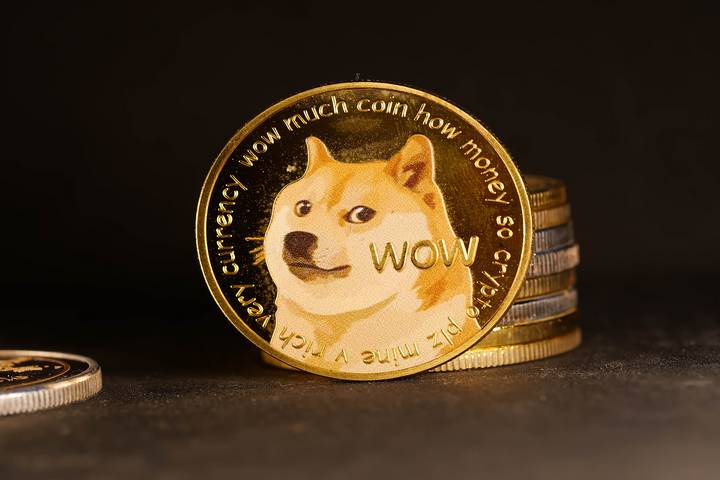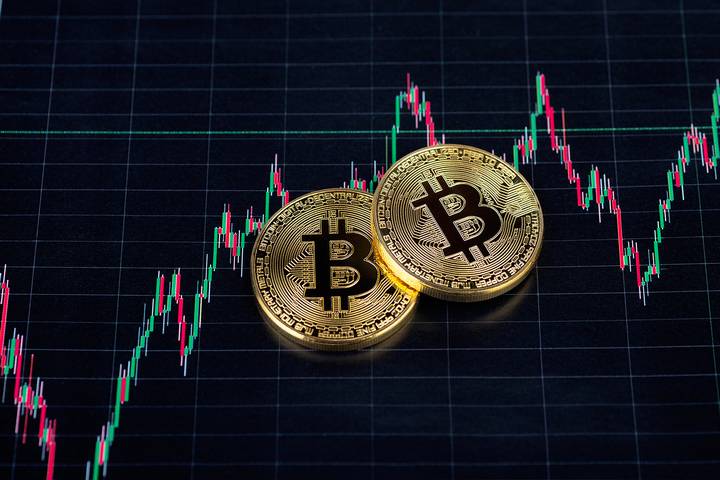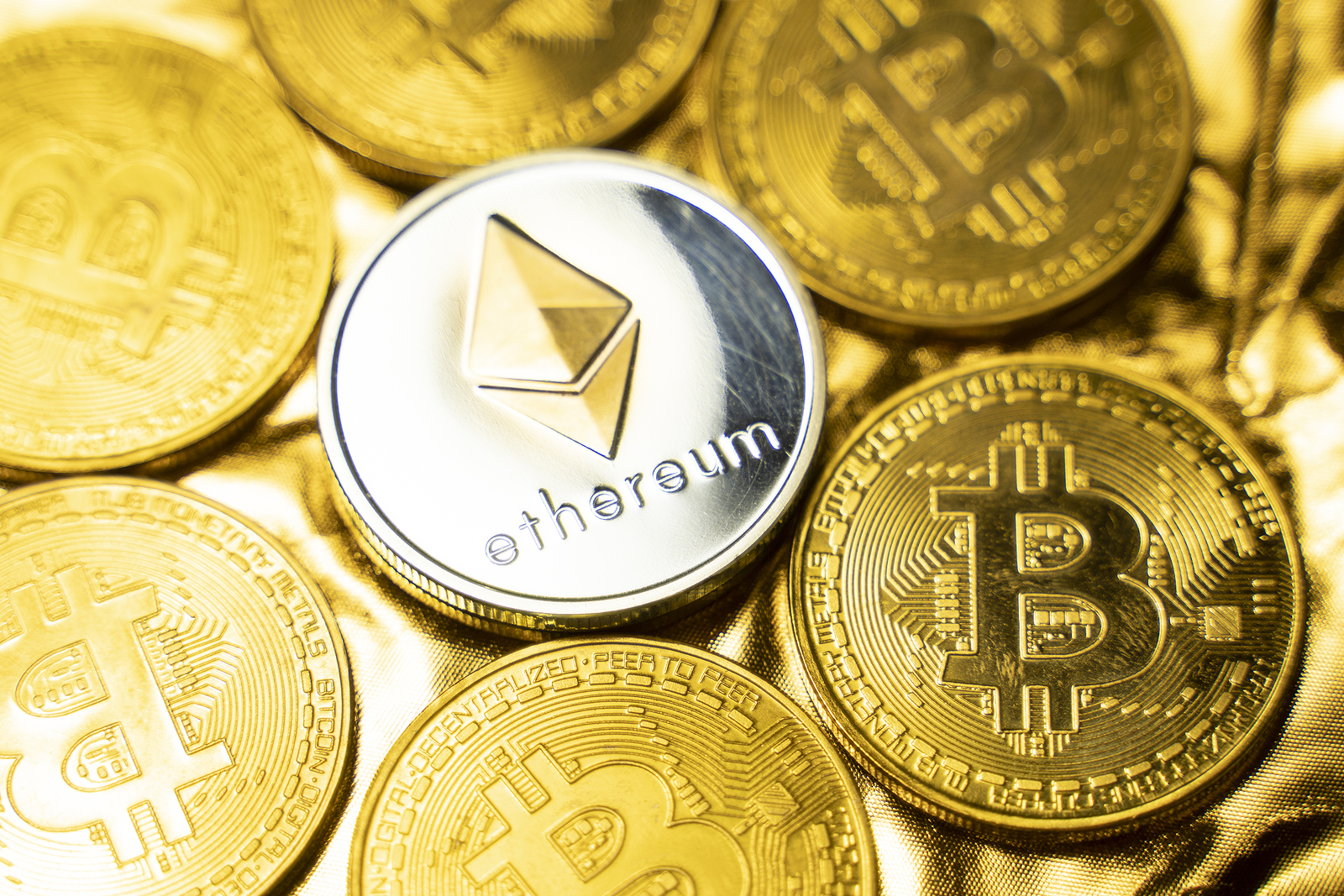10 Cryptocurrency Trends for the Future
If you’re interested in the world of cryptocurrency, you know that things can change pretty fast. What was once a niche idea is now a mainstream phenomenon, with billions of dollars’ worth of digital assets floating around. From Bitcoin’s price spikes to the tons of alternative coins out there, the cryptocurrency world has had its ups and downs.
Every day, important trends are shaping the cryptocurrency market. Some emerging trends include decentralized finance and the acceptance of digital assets by mainstream financial institutions. These trends are shaping the future of cryptocurrency.
Let’s learn about the cryptocurrency trends in the future:
Trend #1: Ethereum 2.0 Implementation

Ethereum is considered the top blockchain in crypto yet suffers from congestion and large transaction fees. Though several solutions have been proposed, none have been implemented and have gained traction.
Many crypto networks face the same reality, underdeveloped and unable to handle the traffic. For Ethereum, this is a problem, although Ethereum 2.0 implementation may be the solution despite not knowing when that will be done.
Trend #2: Non-Ethereum Networks Attracting Users
As Ethereum battles against these congestion issues, alternative networks attract lots of attention, albeit temporarily. For coins like Binance, Solana, and Avalanche, they’re building networks similar to Ethereum but with select changes.
They aren’t facing the same infrastructure trouble simply because they aren’t as popular. Instead of going for Ethereum to invest in, many opt for the coins branching off Ethereum, similar but different.
Trend #3: More Cross-Chain Development Between Blockchains
Currently, each blockchain and crypto coin is very much built on independent networks. For example, Bitcoin and Ethereum are two entirely separate coins built on separate technology. There’s not a lot of bridging between them.
However, there’s a real interest in building multi-blockchain interactions to resolve inefficiencies and make ease of use possible. Expect advanced ecosystems to develop where blockchain interactions and connections are more common.
Trend #4: Better Crypto Regulation Is On The Way

A legal and regulatory framework has never been more needed for crypto trading with the development of the Metaverse, DeFi, NFTs, and more. All of this tech has gone mainstream, and legitimizing, regulating, and legalizing these systems and networks is a priority for governments worldwide.
This is expected to be favourable for crypto coin holders as it further legitimizes cryptocurrency investments. It will likely lead to supported growth on the best crypto exchanges in Canada.
Trend #5: Interconnected Overlap Between NFTs, DeFi, Gaming & More
Many people frame NFTs, metaverse, DeFi, gaming, and crypto as independent concepts. Sometimes, they overlap, but mostly, they’re separate. These systems are in the early stages of development but expect more integration between them over the next two years.
They are merging technologies inside a comprehensive network complete with crypto trading and digital assets. The more intermingled these concepts become, the more welcoming they will be to new audiences, further heightening their value.
Trend #6: Corporations and Institutions Investing in Crypto
For a long time, corporations and financial institutions avoided crypto altogether, but today, it’s unavoidable. Many corporations and institutions have already allocated capital to accumulating and developing crypto assets.
As the regulations become clearer on what is and isn’t allowed, more corporations and organizations will be jumping into the mix. With PayPal, Venmo, and others enabling crypto trading, it’s more accepted than ever before.
Trend #7: More Volatility and Warring Around Meme Coins

Dogecoin and Shiba Inu are two examples of coins with no discernible function. Despite that, they have accumulated significant value based on social media speculation, warring between crypto investors, and volatility.
Although the volatility isn’t going away, expect to see more warring and high-shooting capitalization by trendy crypto coins that probably won’t have extended drawing power, making it difficult for investors to optimize.
Trend #8: NFTs Digitizing and Tokenizing New Crypto-Like Investments
NFTs, aka non-fungible tokens, represent a digital claim to a specific thing or asset. NFT trading volume is expected to grow significantly within the next twelve months as more and more copyright holders, and owners move their assets to digital tokens.
You also have major sports organizations, arts organizations, and others jumping on board to tokenize any number of things. This is an area of crypto investing that is sure to be a hot topic for a long time to come.
Trend #9: Stablecoins Are Changing How We Invest in Crypto
The concept of ‘stablecoins’ is gaining a lot of support on the best crypto platforms Canada. Tether is a great example and holds most of the $157 billion estimated total stable coins. On top of this, it is believed somewhere around 80% of all central banks worldwide are looking into issuing their digital currencies.
China is hoping to be a leader in the adoption of digital currency, and even the US Federal Reserve is looking into the idea of a ‘digital dollar’. This could vastly alter the crypto landscape if countries start issuing digital currency and devaluing non-stable coins.
Trend #10: Decentralized Finance Increases

In 2017, DeFi was barely noticed. In 2022, it’s growing faster and faster. DeFi makes it so that financial intermediaries are not needed. Smart contracts on the blockchain make traditional lending, creating derivatives, and more possible. More DeFi applications are expected to be released and gain popularity, such as yield farming, in the past 24 months.
This also opens the door for decentralized exchanges where crypto owners can transact directly without needing an intermediary.

